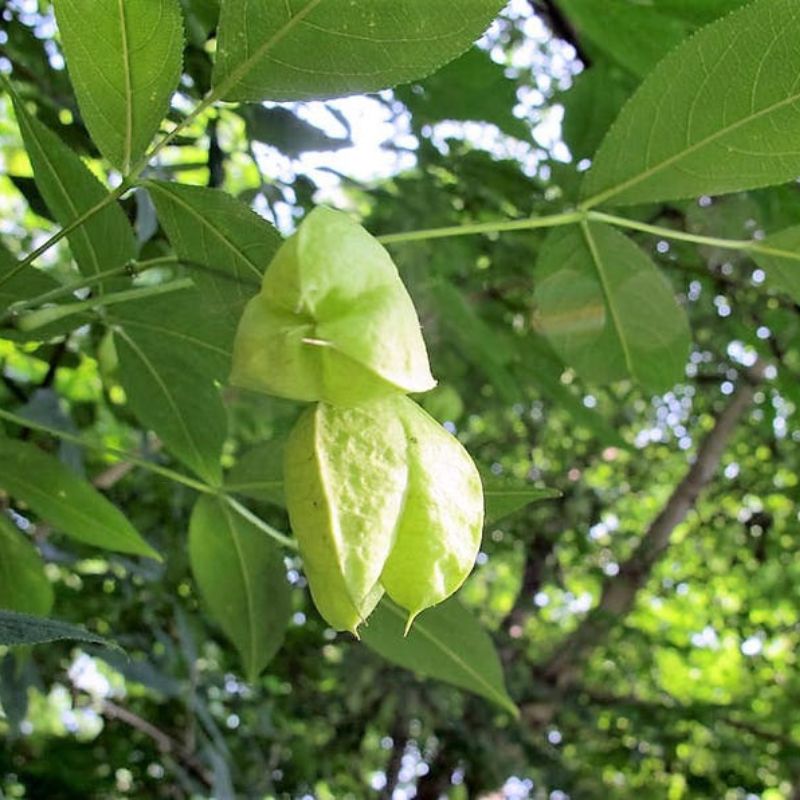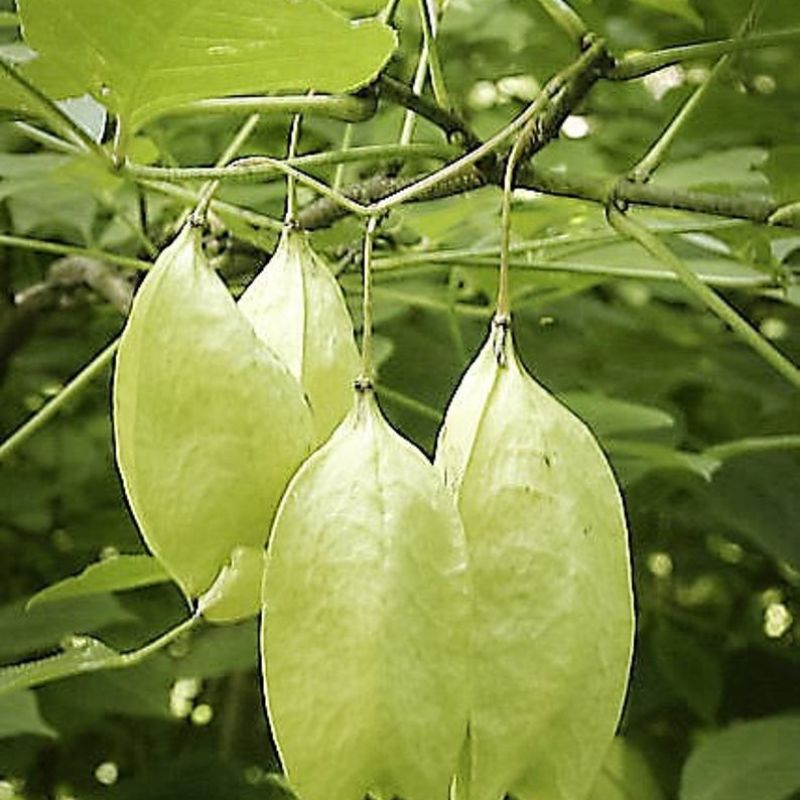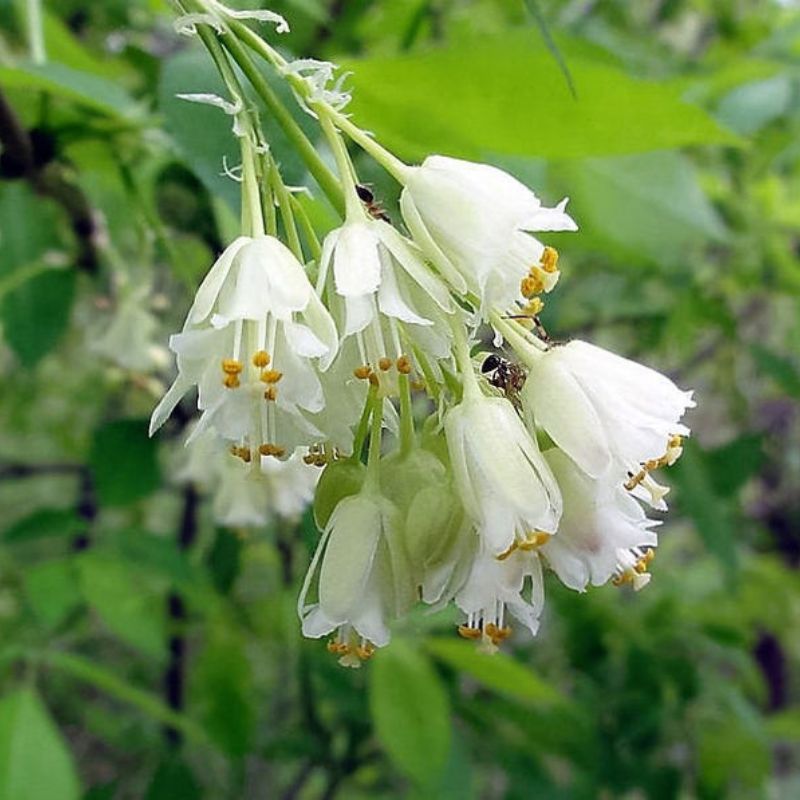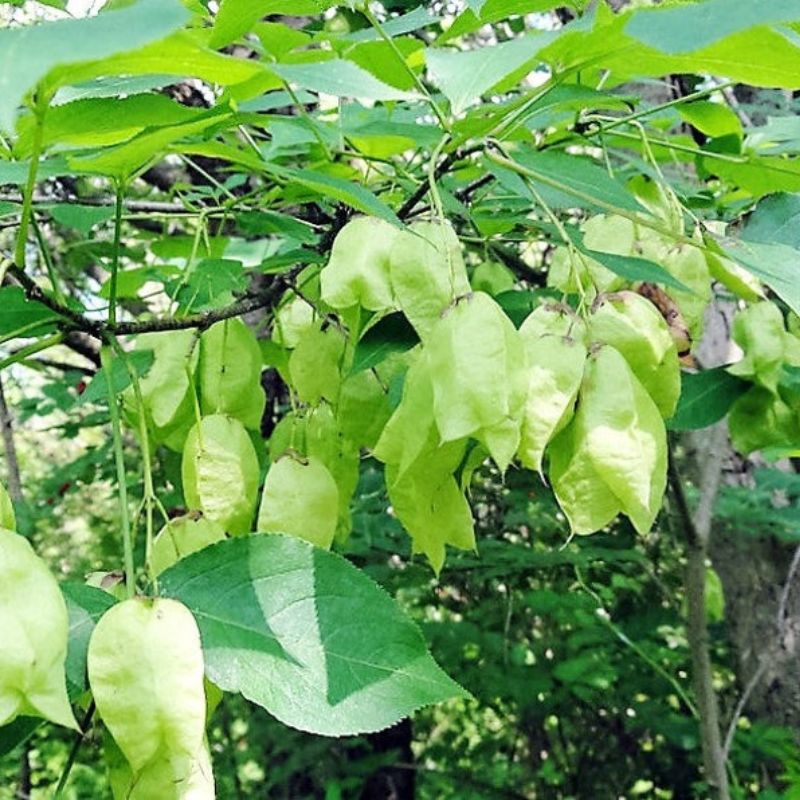- Historical context: Staphylea trifolia, commonly known as the American Bladdernut, is a species of flowering plant in the Staphyleaceae family. It has been known and utilized by Native American tribes for various purposes.
- Geographical origination: This plant is native to North America, particularly the eastern United States and parts of Canada.
- Relevant cultural significance: The American Bladdernut has been used by Native American tribes for its medicinal properties and as a food source.
- Time period of discovery: The exact time of discovery is not well-documented, but it has been known to indigenous peoples for centuries.
- Original habitat: Staphylea trifolia typically grows in moist, deciduous forests, along stream banks, and in rich, well-drained soils.
- Notable historical uses: Historically, the seeds were sometimes used as beads in jewelry, and the plant was used for its medicinal properties, such as treating skin ailments and digestive issues.
- Ideal temperature range: Staphylea trifolia thrives in temperate climates with a temperature range of 55-75°F (13-24°C).
- Soil type: It prefers rich, well-drained soils with a pH range of 6.0 to 7.5.
- Sunlight requirements: The plant grows best in partial shade to full sun.
- Watering needs: Regular watering is essential, especially during dry periods. The soil should be kept consistently moist but not waterlogged.
- Planting season: The best time to plant Staphylea trifolia seeds is in the fall or early spring.
- Germination time: Germination can take several weeks to a few months, depending on the conditions.
- Growth cycle duration: The plant typically takes 2-3 years to reach maturity and start flowering.
- Common pests and diseases: Common pests include aphids and spider mites. Diseases such as powdery mildew and leaf spot can also affect the plant.
- Companion planting advice: Staphylea trifolia can be planted alongside other shade-tolerant plants like ferns and hostas.
- Common challenges and solutions: One common challenge is ensuring adequate moisture without overwatering. Mulching can help retain soil moisture. Regular monitoring for pests and diseases is also crucial.
- Nutritional values: The seeds of Staphylea trifolia are not commonly consumed for their nutritional value.
- Health benefits: Traditionally, parts of the plant have been used in herbal medicine to treat various ailments, including skin conditions and digestive issues.
- Culinary uses: The seeds are not typically used in culinary applications.
- Medicinal uses: The plant has been used in traditional medicine for its purported anti-inflammatory and astringent properties.
- Other unique advantages: Staphylea trifolia is valued for its ornamental qualities, including its attractive flowers and unique bladder-like seed pods. It also provides habitat and food for wildlife, such as birds and insects.












